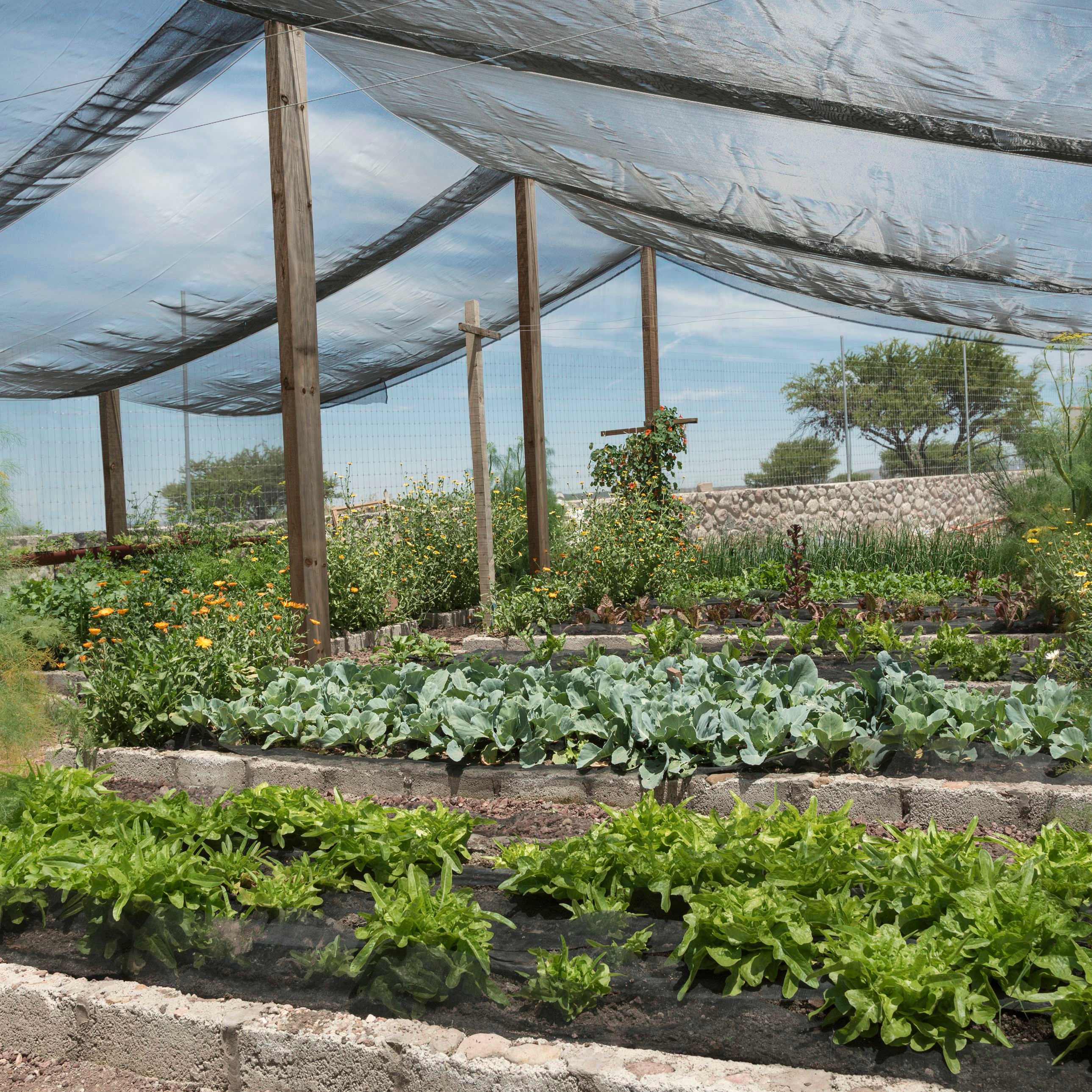Why Your Plants Need Shade Cloth for the Garden This Summer
As temperatures soar during the hot summer months, gardeners face an ongoing challenge: protecting their beloved plants from extreme heat and intense sunlight. This is where shade cloth for the garden becomes an invaluable tool. Whether you're growing vegetables, nurturing delicate seedlings, or caring for flowering plants, shade cloth provides vital protection and numerous additional benefits. In this article, we'll explore exactly why your plants need shade cloth, how to choose the best type, installation tips, and the various plants that will thrive under its protection.

Why Shade Cloth is Essential for Your Garden
Protection from Harsh Sunlight
The intense summer sun can damage plants, causing leaf scorch, wilting, and even plant death. Shade cloth provides a protective barrier, filtering sunlight and reducing harmful UV rays. According to research, shade cloth can reduce leaf temperature by up to 15°F, dramatically lowering the risk of heat stress in plants.
Maintaining Optimal Temperature
Excessive heat can hinder plant growth, especially in temperature-sensitive species. Shade cloth helps regulate the temperature within the garden environment, creating a cooler microclimate that promotes healthier, more vigorous plant growth.
Reducing Water Evaporation and Usage
Shade cloth significantly reduces water evaporation from the soil, helping retain moisture. Gardeners using shade cloth report using up to 30% less water, making it a sustainable solution, especially in drought-prone areas.
Types of Shade Cloth and How to Choose the Best One
Material Options and Durability
Shade cloth typically comes in two primary materials: knitted and woven. Knitted cloth is lightweight, durable, and resistant to tearing, ideal for windy areas. Woven cloth is heavier and provides slightly better UV protection, making it suitable for permanent installations.
Understanding Shade Density Percentages
Shade cloth densities typically range from 30% to 90%.
- 30-40% density: Suitable for heat-tolerant plants like tomatoes, peppers, and squash.
- 50-60% density: Ideal for leafy greens, herbs, and flowering plants.
- 70-90% density: Recommended for sensitive plants and seedlings requiring more shade.
Selecting the Right Size and Color
- Size: Measure your garden or plant area carefully to ensure proper coverage.
- Color: Darker colors absorb more heat and provide greater UV protection, while lighter colors reflect heat but allow more sunlight penetration.
Installation Tips for Maximum Effectiveness
Proper Height and Positioning
To maximize airflow and shade effectiveness, install your shade cloth approximately 1-2 feet above the plants. Angle the cloth slightly to ensure adequate runoff during rain and prevent pooling.
Securing Shade Cloth Safely and Durably
Ensure the shade cloth is tightly secured using ropes, clips, or cable ties. Reinforced edges or grommets can help maintain durability, particularly in high wind areas.
Plants that Benefit Most from Shade Cloth
Vegetables and Herbs
- Lettuce, spinach, kale, and other leafy greens significantly benefit from partial shading, reducing bolting.
- Tomatoes and peppers benefit from reduced sunburn and improved fruit quality.
Flowering Plants and Ornamentals
Shade cloth protects delicate blooms such as roses, hydrangeas, and fuchsias, keeping flowers vibrant and lush despite intense heat.
Seedlings and Young Plants
Young plants and seedlings are particularly vulnerable to intense sun and heat. Shade cloth provides a stable environment, improving survival rates during crucial early growth stages.
Additional Benefits of Using Shade Cloth
Pest and Bird Control
Besides shielding your plants from the sun, shade cloth can deter pests like aphids and beetles and protect plants from hungry birds, reducing the need for chemical deterrents.
Extending the Growing Season
Shade cloth allows gardeners to plant earlier in spring and extend growth later into the fall by stabilizing temperature extremes and maintaining favorable growing conditions.
Conclusion
Shade cloth is more than just an accessory for gardeners; it’s an essential tool for protecting and promoting healthy plant growth during harsh summer conditions. With the right choice and installation, shade cloth significantly reduces heat stress, conserves water, and improves plant yields and overall garden health.
We'd love to hear your experiences! Have you used shade cloth in your garden yet? Share your thoughts in the comments below or subscribe to our newsletter for more gardening tips and ideas.

